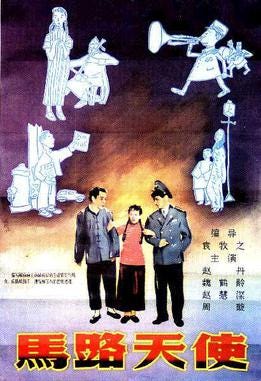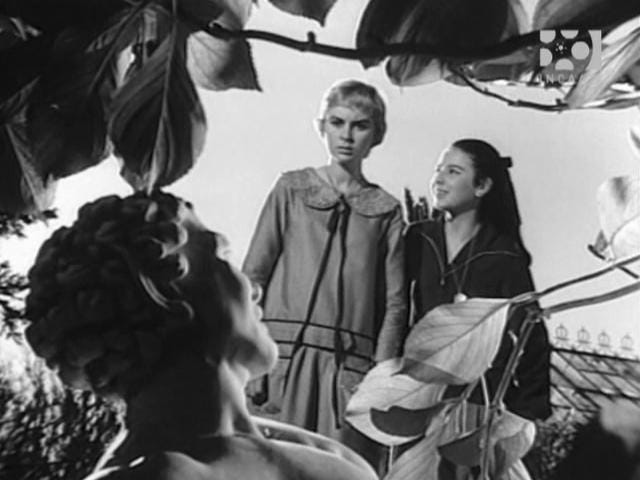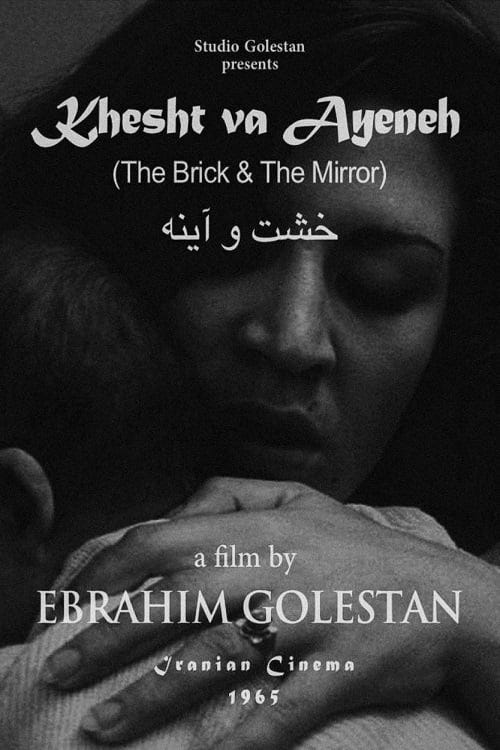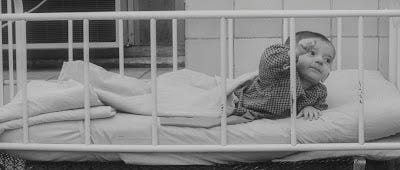If you are a collector or have the pitiable temperament honoring filmography Completionism, one day you’re going to end up pining for even more exclusive not-there’s whether you like it or not. You’re going to collide commando, once again, with the unfortunate truth that thousands, if not millions of films are just straight up gone- from neglect or accidentally, or the time-rigged inevitable disintegration of materials. Nitrate film is subject to all these and more, that should be clear, and we’re still losing original materials from films as recently as the 80’s.
Years ago I started compiling a personal list of films that ticked at least a passing interest, sometimes from filmmakers included in film reference books where there are virtually no other materials about them or their films, others from established ones that have darkened corners of their filmography. Sometimes these materials are surviving but locked up somewhere usually due to commercial disinterest, but I assume sometimes the materials are so compromised that archives are very possessive (as they tend to be anyway), enough that only very exclusive individuals or groups can access.
Lastly, some of those films are actually available, and online in some cases, but these are typically in very poor transfers either it be from 16mm, VHS, Laserdisc, whatever, or have poor to no subtitling, and this is just a wishful thinking well I toss a few mental quid into periodically in the hope that one day we get them in more palatable forms in the future. Some have since I started!
Anyway, here’s a batch of some of these I’ve put together, with a bit of background:
Street Angel (1937)
Street Angel is a Chinese film by Muzhi Yuan based on Frank Borzage material from his film of the same name, starring Charles Farrell and Janet Gaynor in 1928. At this point having not seen the latter quite yet as my current attitude is in more rationing out Borzage stuff, so I have no comparison of the two, but anyway. I streamed this film as part of CALM crazy about loving movies programming a few years ago, and it’s a very compelling piece of early Chinese filmmaking with some dynamism.
It’s the story of a war torn China slums and the attempts of a woman to keep her younger sister from the dangers of prostitution, a life that has already claimed herself. It sounds dour, but it’s mostly quite the opposite. It has lovely romantic leads, and the drama that eventually occurs is well balanced between heavy and light-handed, and I remember noting a striking visual, rhythmic narrative. It’s also a look at where Chinese filmmaking could have gone, but didn’t, at least for many many years. Ever since seeing I’ve wanted a better understanding of its place in history. Currently only available on archive.org or youtube in confusing subtitles, exceptionally rare screenings, or on expensive imported DVD from China.
La Casa del Angel (1957)
In 1957 director Leopoldo Torres Nilsson released this, the first of his now called “Gothic” Trilogy, all written by his novelist wife Beatriz Guido, House of the Angel at least for a brief amount of time raised eyebrows at Argentinian film when it arrived at International Film Festivals, definitely aided by the concurrent discovery of Mexico’s Luis Bunuel. Since then though he and his films are hardly even a memory, and only exist for most people in atrocious versions on youtube and the like.
Empirically speaking it’s visually similar to Orson Welles, sometimes operating in flashback, and indeed one can draw story similarities to Ambersons: it concerns a young girl of 14, Ana, played by Elsa Daniel, living under an everchanging 1920s Buenos Aires where her parents are locked into old ways. Her mother is nearly a religious fanatic, her father, still believes in duels to settle disputes. The family is pressured by alliances with politicians and European influences. There’s even a tiny affair in which even the kinds of movies Ana sees are curated by her mother, and any scandalous pleasures she has are unplanned— she goes to the movies with Nana, where a screening of Broken Blossoms is changed to The Eagle with Rudolph Valentino. There are scenes of political intrigue but the main draw of this film is Ana’s coming of age. If there’s a better way to see this film other than unicorn screenings I don’t know about it.
Brick and Mirror (1965)
This one I don’t know much about yet, only by reputation. What is known is that it’s one of two features from director Ebrahim Golestan, in B&W Cinemascope and is the first Iranian film to use “direct sound”. It follows a Taxi Driver who finds an unclaimed infant in his cab, and debates with his girlfriend what to do with it. With that setup it presumably tackles social obligations at least in part. Golestan is a name that came up to me when researching Iranian New Wavers, and to many of those names Golestan was a bit of a root form, calling Brick and Mirror Iranian cinema’s “first true modern masterpiece”. Appraisals from recent lucky viewers liken it to an Iranian film in the style of Italian neorealism, while others draw Expressionist threads and to Godard’s Breathless and Orson Welles. Even with this sort of revered status it is a real fear of its survival considering general state attitudes of the middle east towards its own film heritage, though I believe it exists in European archives. To my knowledge there is still no way to see this other than festivals and screenings, it was on youtube for a while but was removed before I could see it.








